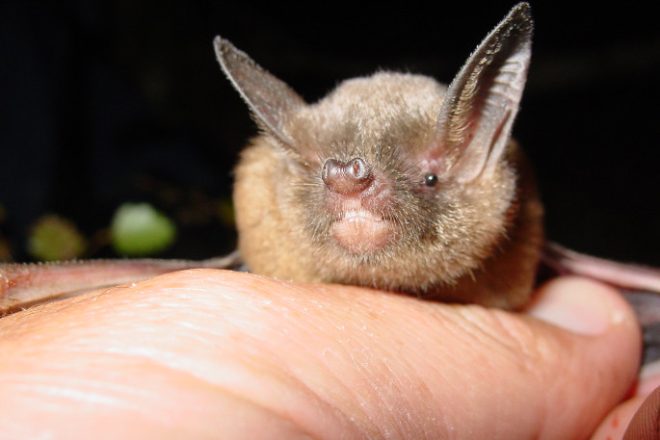評議会によると、オークランドでは現在、2種類のコウモリが地域的に絶滅の危機に瀕しています。
北部の小尾コウモリのペカペカ・トゥー・ポトとロングテール・コウモリのペカペカ・トゥー・ロアは、評議会とコウモリの専門家パネルにより、この地域では脆弱であると評価されています。
これは、環境保護省の脅威分類システムを使用したこの種の地域保護状況評価としては初めてです。
ペカペカは親指ほどの大きさで単三電池ほどの重さで、ニュージーランド唯一の陸生哺乳類です。
短尾コウモリはオークランド地方のテ・ハウトゥル・オ・トイ/リトル・バリア島にのみ生息することが知られていますが、ロングテールコウモリはこの地域全体でより広く生息しています。
後者はより広く記録されており、リトル・バリア島には哺乳類の捕食者が侵入していないにもかかわらず、生息地の喪失、その他の人間への影響、気候変動により、哺乳類は依然として危険にさらされていると評議会は述べている。
オークランド市議会の地域生物多様性アドバイザーであるジャシンダ・ウーリー氏は、この種を効果的に保護するためには、この種に関するより多くの情報が必要だと言います。
評議会によると、ペカペカを監視しているマナフェヌアやコミュニティグループからの関心も高まっているという。
2021年には、一般の人々がお気に入りの鳥に投票する人気のコンテストで、オナガオコウモリがバードオブザイヤーに選ばれました。
保全状況報告作業計画は、2021年から2031年の10年間の予算に基づく地域の生物多様性管理に関する議会の義務を果たしています。
クレジット:sunlive.co.nz





























































